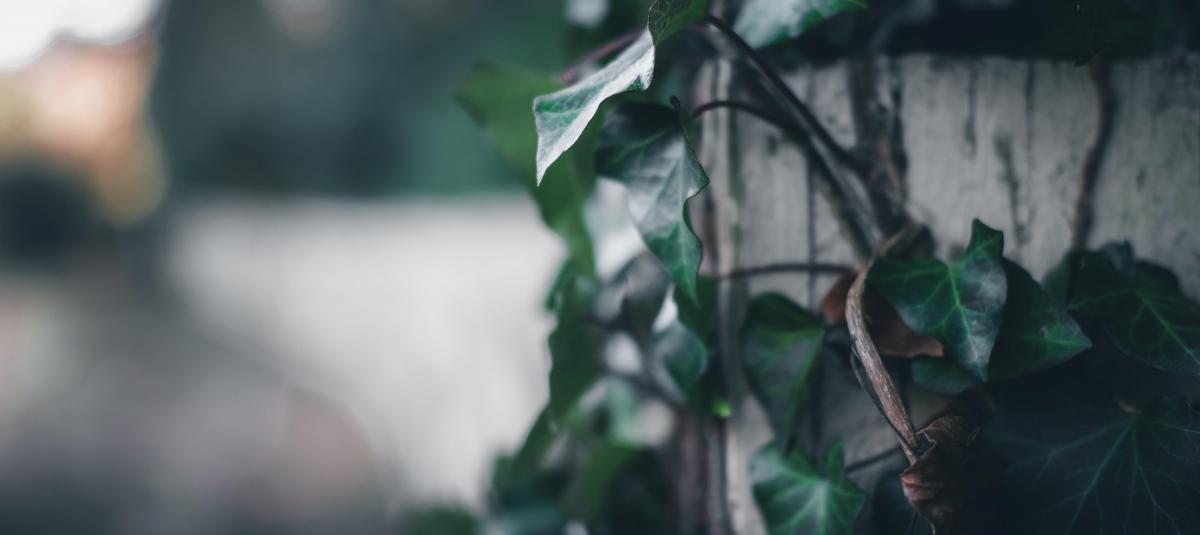
If you’ve accidentally gotten into poison ivy once, once is enough. This little plant’s oils, called urushiol, cause painful, itchy rashes that can last one to three weeks. While the rash itself isn’t contagious, poison ivy’s oils can take years to dissipate, so if it gets on clothes and gloves, it can cause multiple reactions. It’s imperative to learn how identify and thoroughly remove poison ivy safely.
How To Identify Poison Ivy
Poison ivy is sometimes mistaken for Virginia creeper or skunkbush. But it does have some trademark features that set it apart from its harmless cousins.
- Poison ivy likes to climb. It’s commonly found on fences, walls or growing up the trunks of trees.
- Poison ivy can grow as a shrub, single plant or ground cover.
- Thick, hairy vines are a hallmark of poison ivy plants. Virginia creeper vines are also thick, but will be covered in light-colored tendrils rather than rough hair.
- Poison ivy vines will sprout small opaque white or yellowish berries that look like tiny pumpkins. The berries of a Virginia creeper are blue-black, while skunkbush berries are dark red and hairy.
- Poison ivy will always have three leaflets at the end of a long stem. Virginia creeper actually has five leaves per stem, though younger plants may only show three.
- Poison ivy leaves follow a leaflet pattern of one main leaflet at the end of each leaf stalk, with two smaller leaflets opposite one another below it on very short stalks.
- Poison ivy leaflets can be smooth, rounded or spiny. They are green in the early season but will turn bright red in the fall. Poison ivy leaves are often waxy and shiny, but may appear dull, particularly after it rains.
How To Remove It
If you’ve found a patch or two of poison ivy, you’ll want to remove it sooner than later. But, since the oil is so caustic, you’ll take some precautions.
- Wear gloves and long sleeves to pull out the plants. You’ll likely have to repeat this process again as many times the first attempt won’t remove it all. Once you’re done, cover the area in newspaper or mulch to smother any remaining vines or seeds.
- Before you wash your hands, rinse them in white vinegar, mineral spirits or alcohol then follow with COLD, soapy water. Your clothes, shoes and gloves will also be contaminated and need to be washed.
- Or, use a commercial herbicide like RM18 or RM43 which are both strong enough to completely remove poison ivy in one application. These herbicides are rainfast in two hours or less and completely safe for kids and pets once the spray has dried. Plus, you won’t have to touch the plants to remove them; simply spray and wait for them to wilt and die. Job done.
